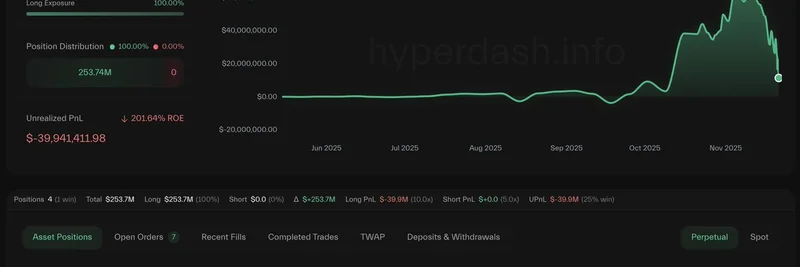In the fast-evolving world of blockchain and social finance, Jesse Pollak, the founder of Base, is set to launch his own creator coin, $JESSE. This move, highlighted in a detailed thread by crypto analyst Crypto Painter, introduces a fresh take on how creators can monetize their influence and content on-chain.
Understanding Content Coins on Base
Content coins are essentially tokenized versions of individual posts or tweets on the Base app. Unlike traditional meme coins that chase viral trends, these coins derive their value from the immediate attention a post garners. The hotter the content—measured by views, likes, and engagement—the stronger the potential buy pressure, driving up the price. As the buzz fades, sellers enter, creating natural price fluctuations tied directly to short-term hype.
This mechanism turns every post into a tradeable asset, allowing users to bet on the virality of ideas in real-time. It's a departure from pump-and-dump schemes, focusing instead on organic attention economics.
The Rise of Creator Coins
Shifting gears to long-term value, creator coins like $JESSE represent the overall brand and influence of an individual. These aren't tied to a single post but to the creator's reputation, network, and ongoing contributions in the crypto ecosystem. For Pollak, as Base grows and he climbs the ranks among crypto leaders, his coin could reflect his status and achievements.
Crypto Painter draws parallels to earlier experiments like Boop, but notes that Base standardizes the process. This dual system—content coins for quick hits and creator coins for sustained value—creates a flywheel where ownership and upside flow back to creators and their communities. Pollak himself tweeted about this synergy: content coins capture fleeting attention, while creator coins build enduring worth.
The Three-Coin Flywheel Explained
A key insight from the thread's replies comes from user 0xLuo, who points out the interconnected flywheel. Once a creator coin launches, content coins (or post coins) pair with it, funneling value upward. In turn, creator coins pair with $ZORA, potentially aggregating broader ecosystem value into Zora's token. This three-tier structure—post to creator to $ZORA—aims to create a self-reinforcing loop, where viral content boosts personal brands, which in turn elevate the platform.
It's an ambitious model that could tokenize personal IPs on a massive scale, turning influencers into investable assets.
Hands-On Testing and User Experience
Crypto Painter didn't just theorize—he jumped in to test the waters. He described buying a content coin as "smooth," with gas fees seamlessly handled via USDC. To prepare for Pollak's launch, he topped up his Base wallet, sharing a screenshot of his balance ready for action.
This ease of use highlights Base's user-friendly design, but Painter raises concerns about fairness. The launch acts like a public token sale where snipers—those using scripts to buy in the first second—gain massive advantages, potentially skewing distributions.
Implications for Meme Tokens and Web3
For meme token enthusiasts, this blurs the lines between social media, finance, and memes. Creator coins could evolve into personalized meme assets, where a influencer's quirks or catchphrases drive value. However, Painter warns of risks: it might spark a new industry of IP tokenization or devolve into pure player-vs-player trading chaos.
Notably, he advises those in China to steer clear due to regulatory hurdles, emphasizing the global nuances of crypto adoption.
Looking Ahead
As Base pushes these innovations, the crypto community watches closely. Will $JESSE kickstart a wave of creator economies, or highlight pitfalls in on-chain social finance? Threads like Crypto Painter's provide invaluable breakdowns, helping newcomers navigate these complex but exciting developments. For more insights on meme tokens and blockchain trends, stay tuned to Meme Insider.




